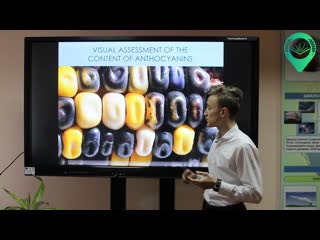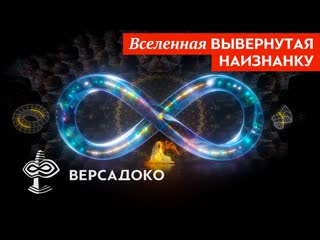Science Closer to Life / Nauka blizej zycia (1951) dir. Andrzej Munk
Modern work tools are created thanks to the development of science, as a result of the transfer of knowledge between generations. A review of the tradition of Polish science from the times of Nicolaus Copernicus to the establishment of the Polish Academy of Sciences.
Modern work tools are created thanks to the development of science, as a result of the transfer of knowledge between generations. The traditions of Polish science date back to the times of Nicolaus Copernicus. The first textbooks in Polish were written by Jan Sniadecki. In People’s Poland, the gates of universities are finally open to children of peasants and workers, including women. Maria Sklodowska-Curie can be an example for them. Scientists find favorable working conditions in post-war Poland, and their work has utilitarian values. There is a close relationship between theory and practice. Workers are the inspiration for the research undertaken by academics. The results help to improve working conditions in factories. The establishment of the Polish Academy of Sciences in 1951 provides Polish people with new possibilities. It is guided by Marxism, pacifism and internationalism. The documentary was created in the period of socialist realism and bears all the features of a film made in this doctrine: the images of the flourishing of the People’s Republic of Poland are accompanied by political propaganda read by the narrator. The achievements of the present day are mainly due to the progressive program of the party, but this time, they are also due to the science. The film was made by Andrzej Munk, an employee of the Documentary Film Studios and a cameraman of the Polish Film Chronicle. The commentary was written by Artur Miedzyrzecki, a poet, editor and a translator.








![Nelver - Proud Eagle Radio Show #581 [Pirate Station Radio] (16-07-2025) Drum & Bass](https://sun9-53.userapi.com/impg/EDf_HrZqwDAr0664SwOf1dntXVGJIgxSbsmIcw/lfdidBeLWhI.jpg?size=320x240&quality=95&keep_aspect_ratio=1&background=000000&sign=cb7947d2b94604251fb3e4182605e527&c_uniq_tag=MwxK1bbu86FJfEY9YqwRwlKkakcWESGO340YKzSPLdE&type=video_thumb)





![The REAL Deadliest Marvel Superheroes [Documentary]](https://sun9-33.userapi.com/Gegf2MGuz1_cIfo2wdor-yFfiT-ScOgXZDnOZQ/gwFhoYWxgwk.jpg)